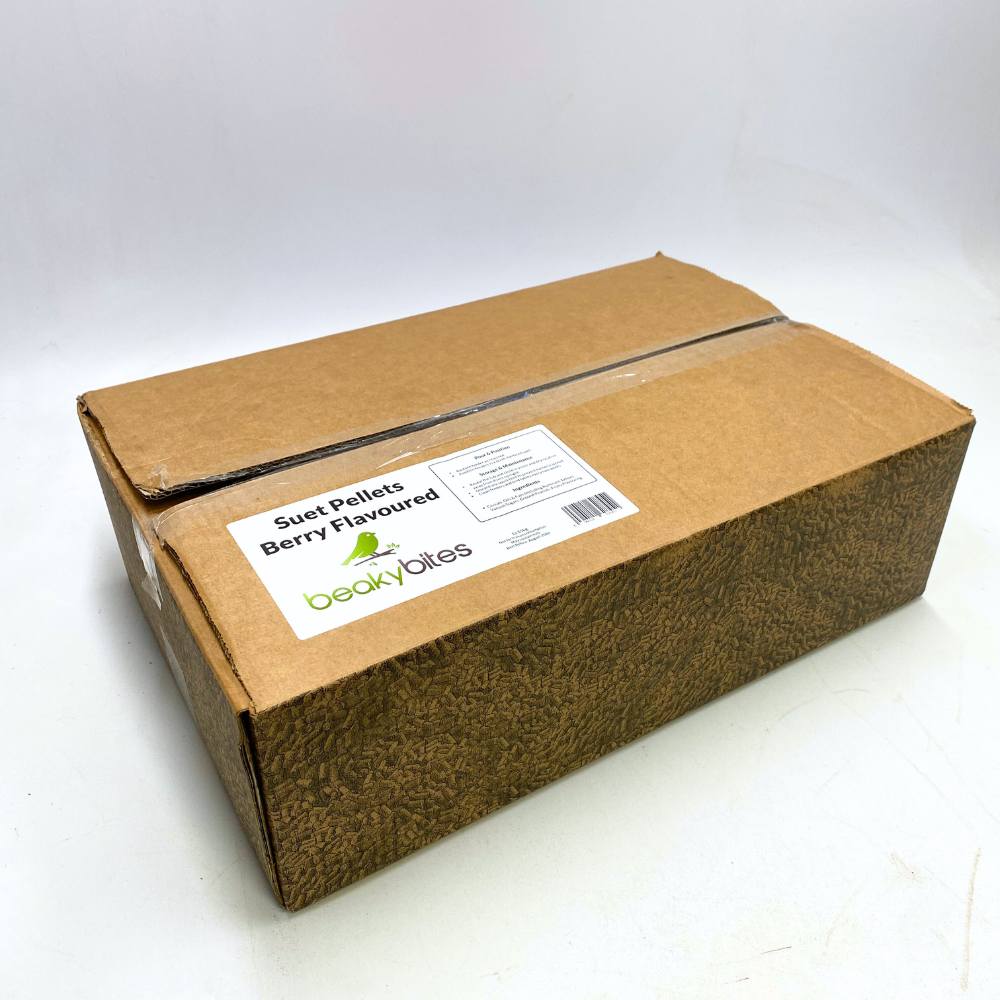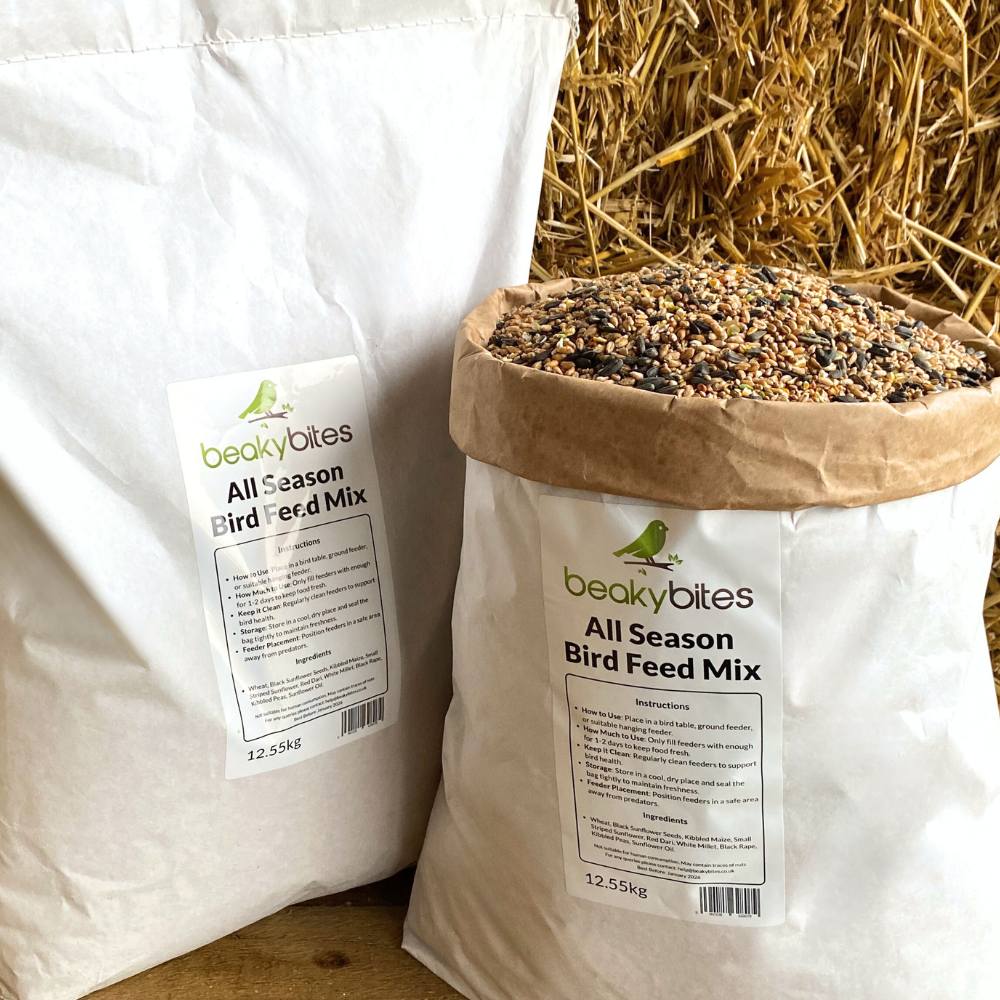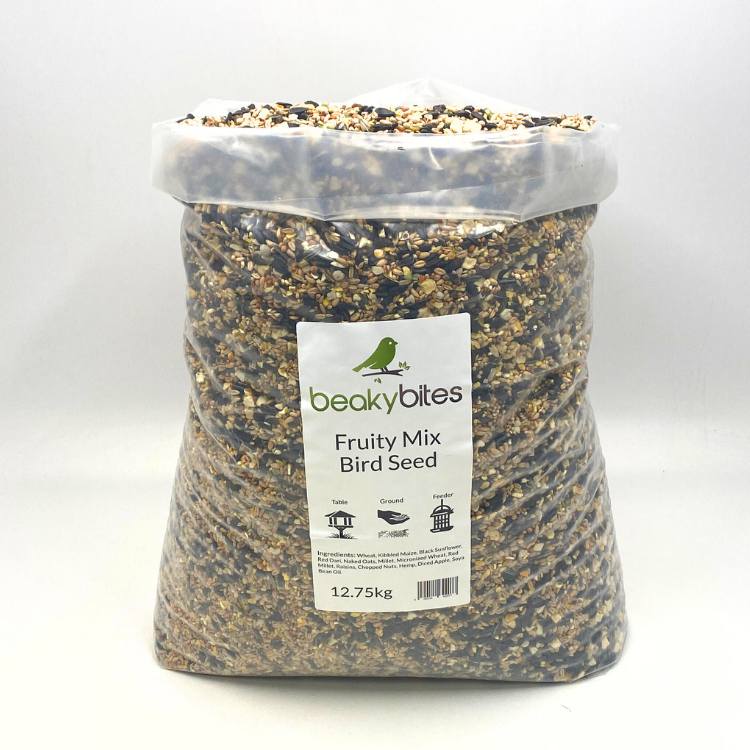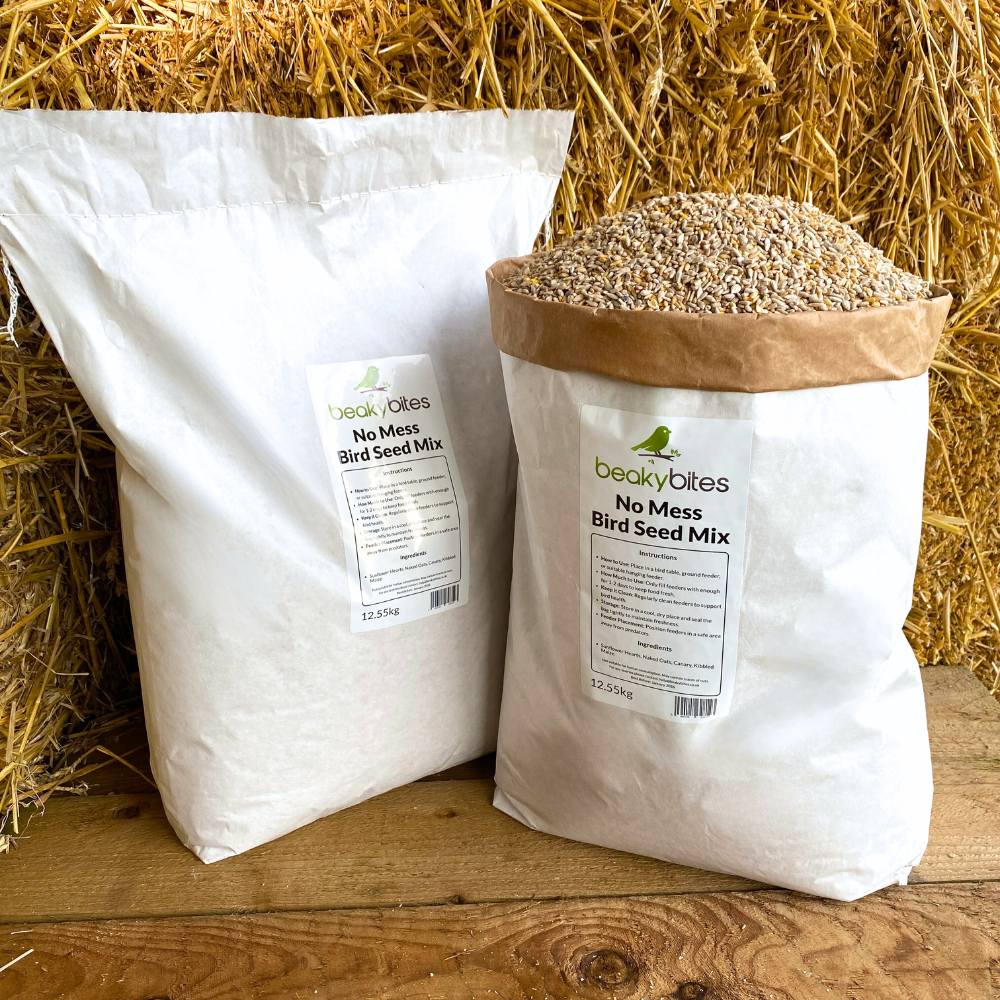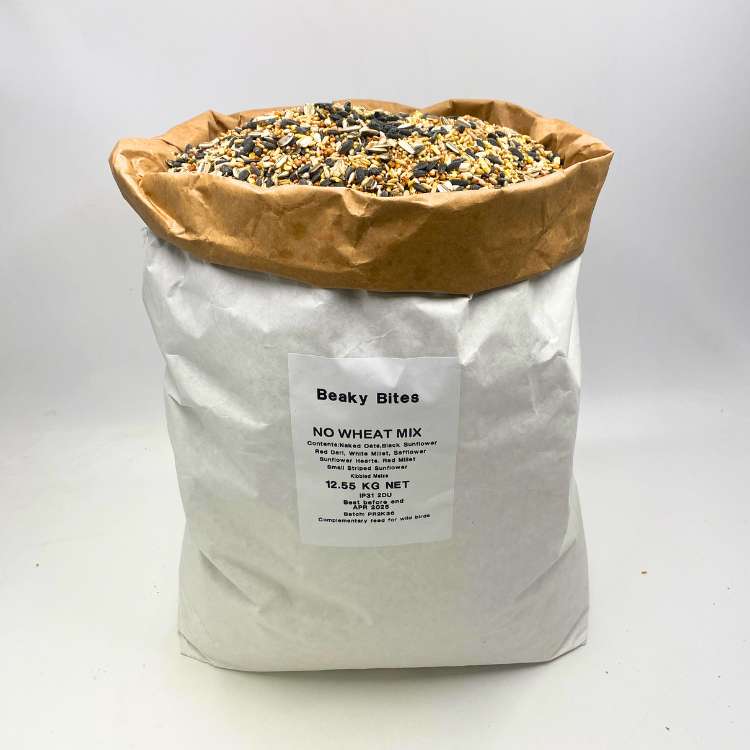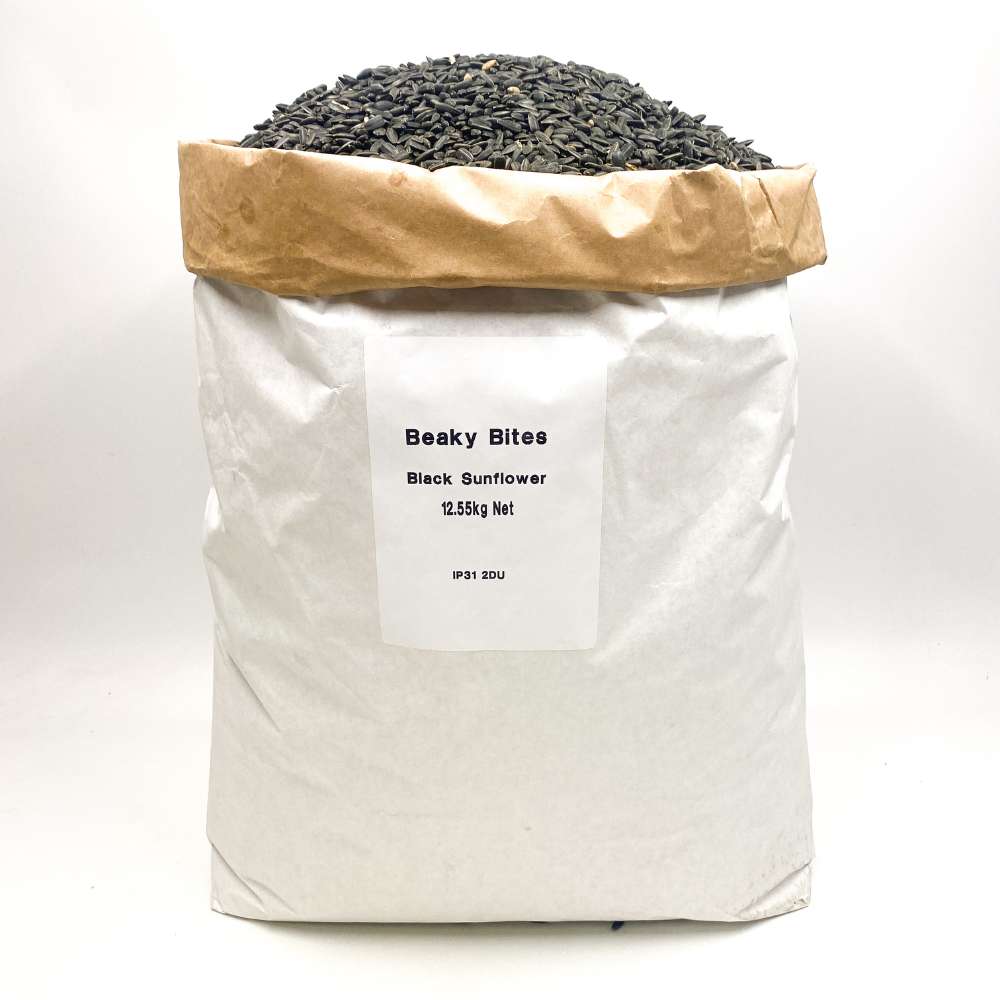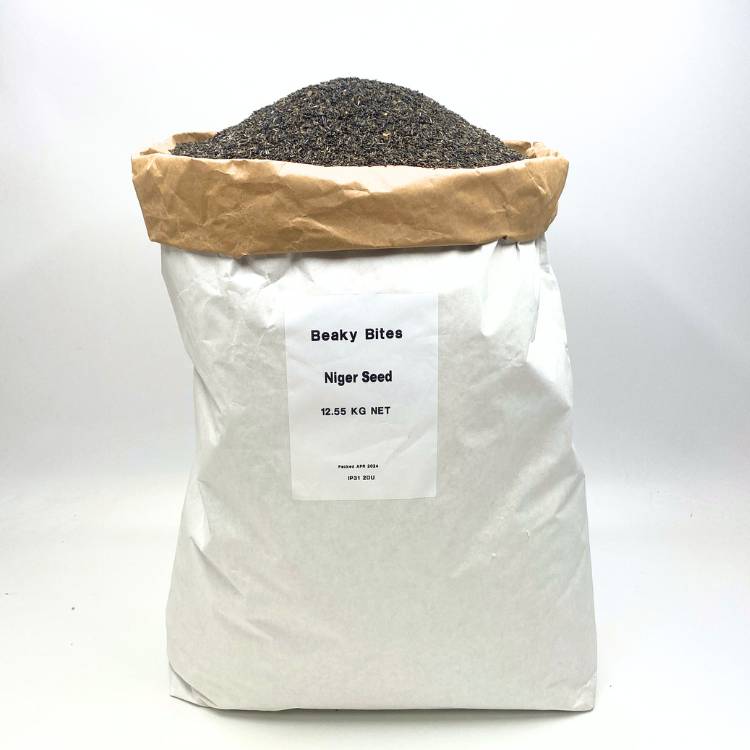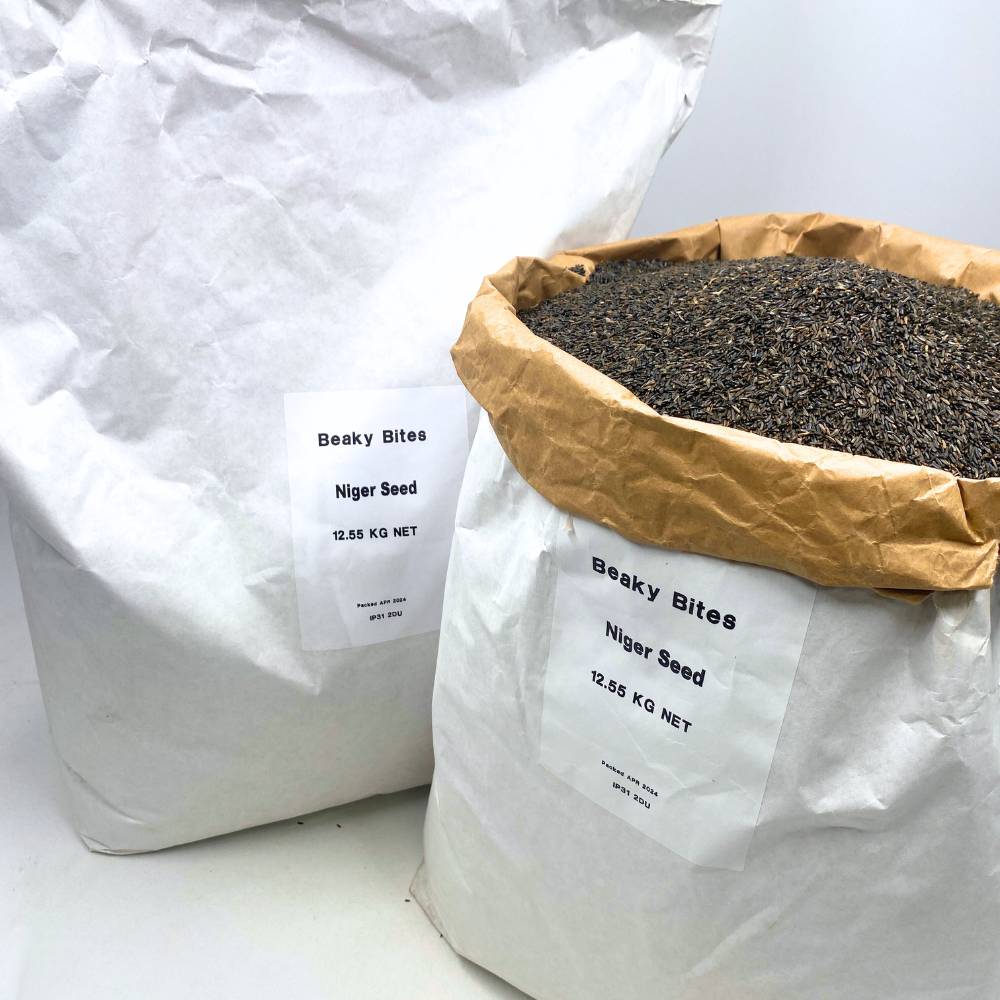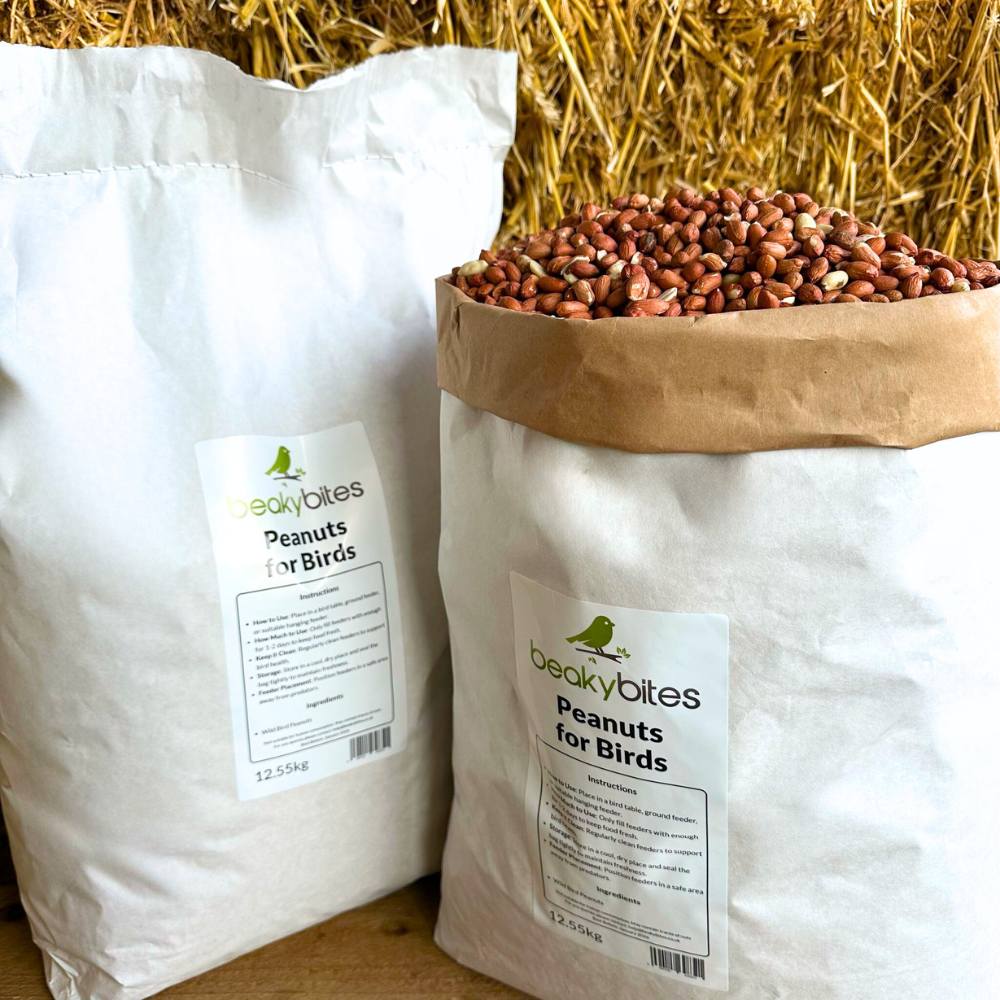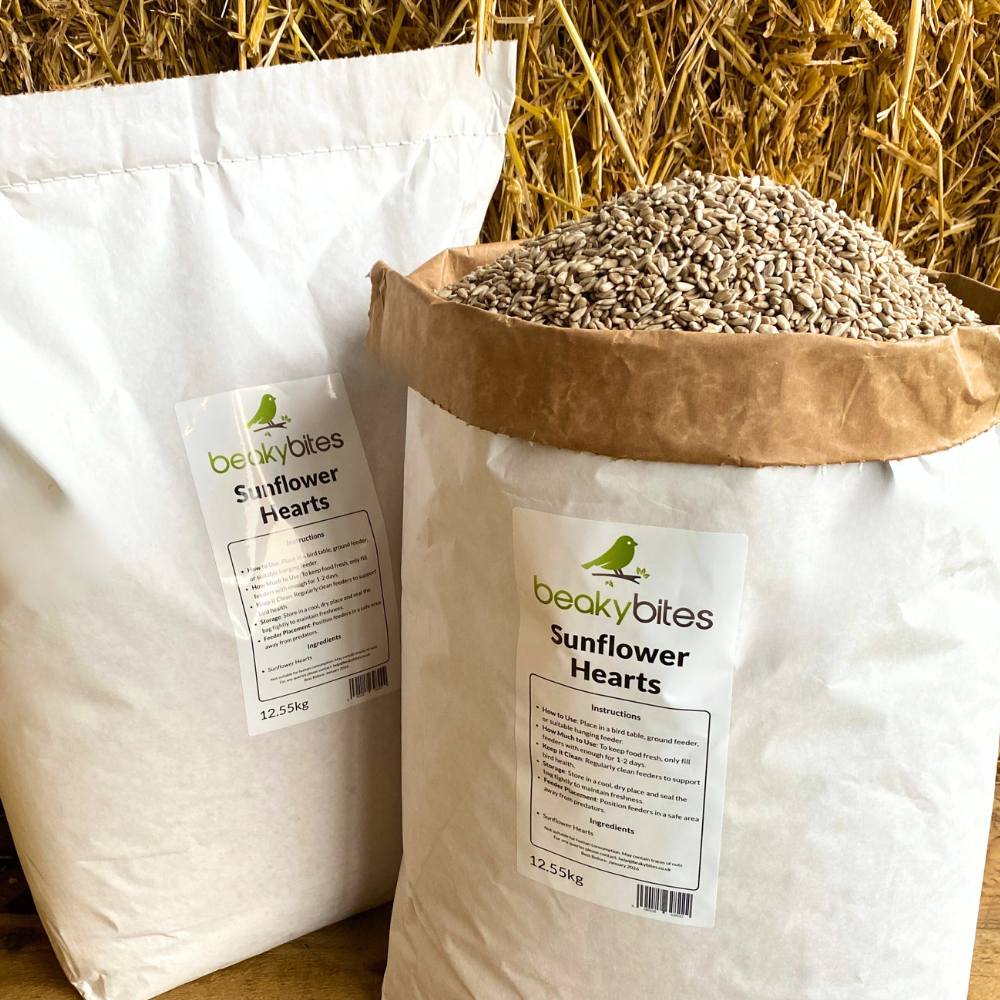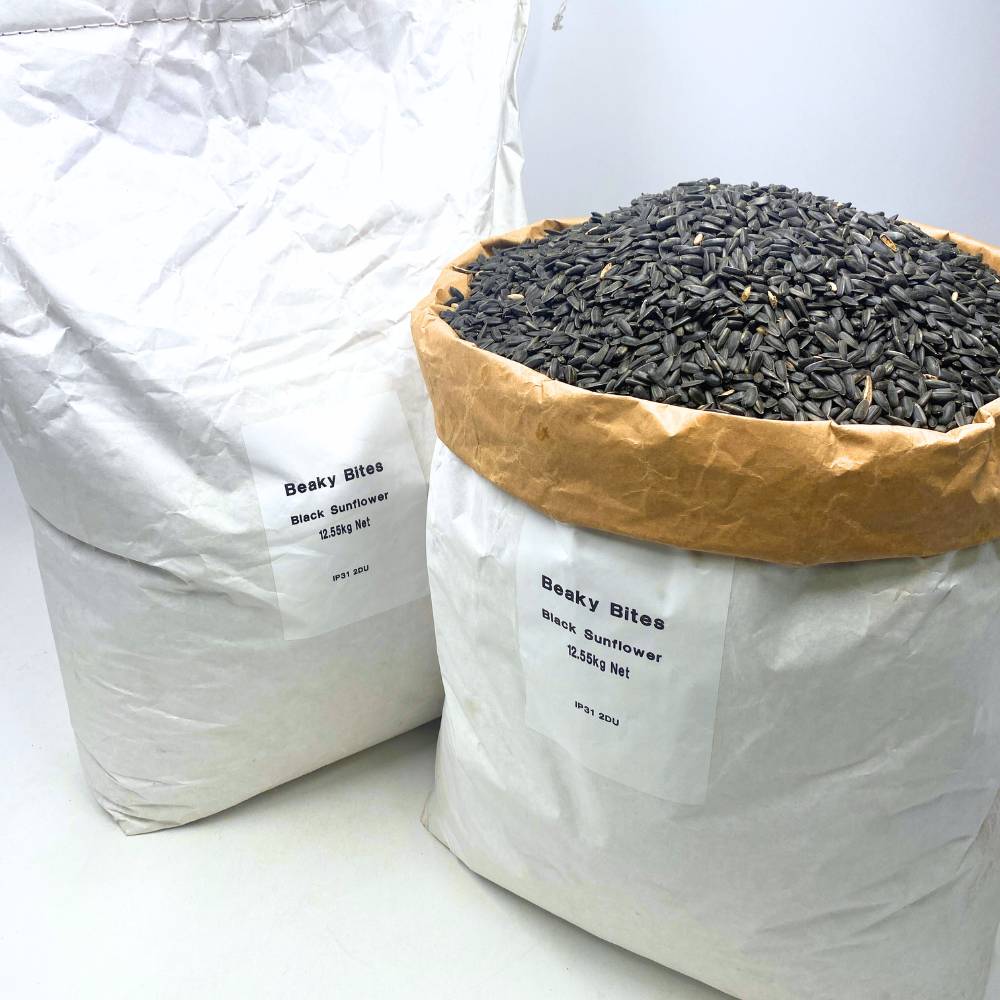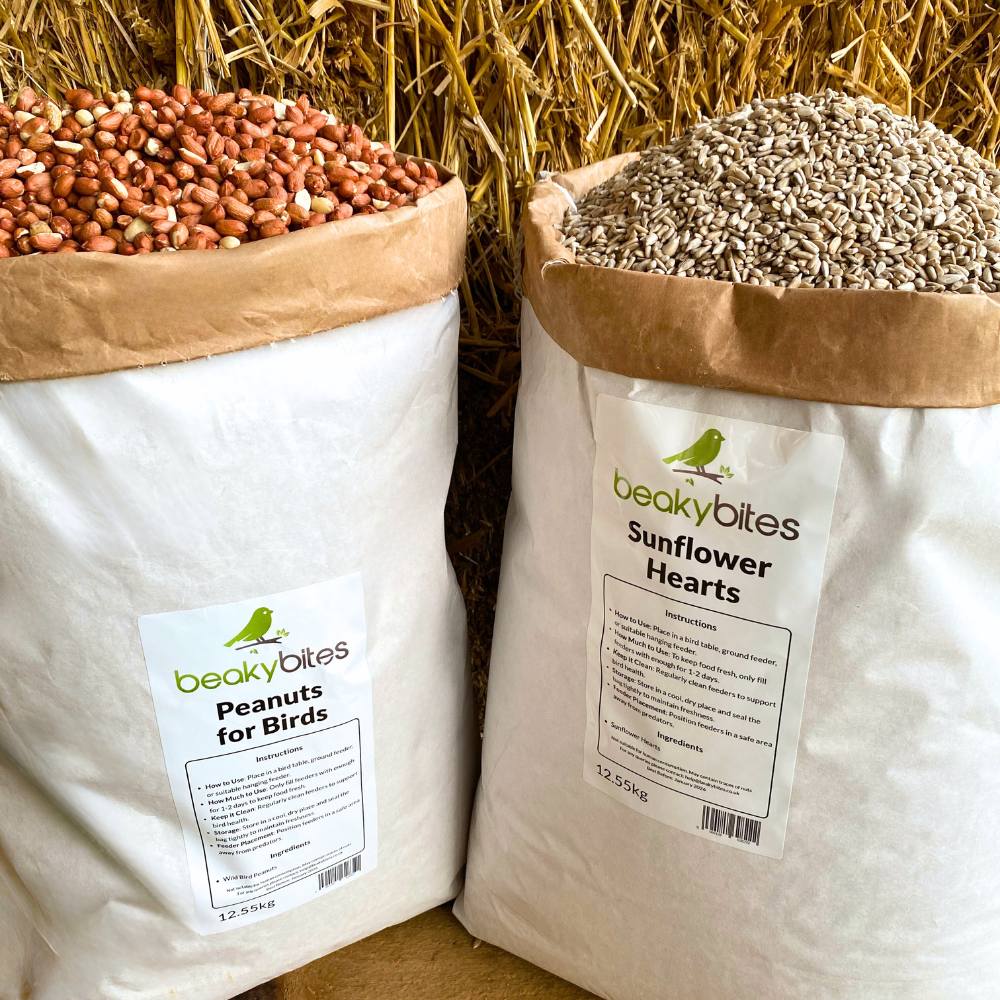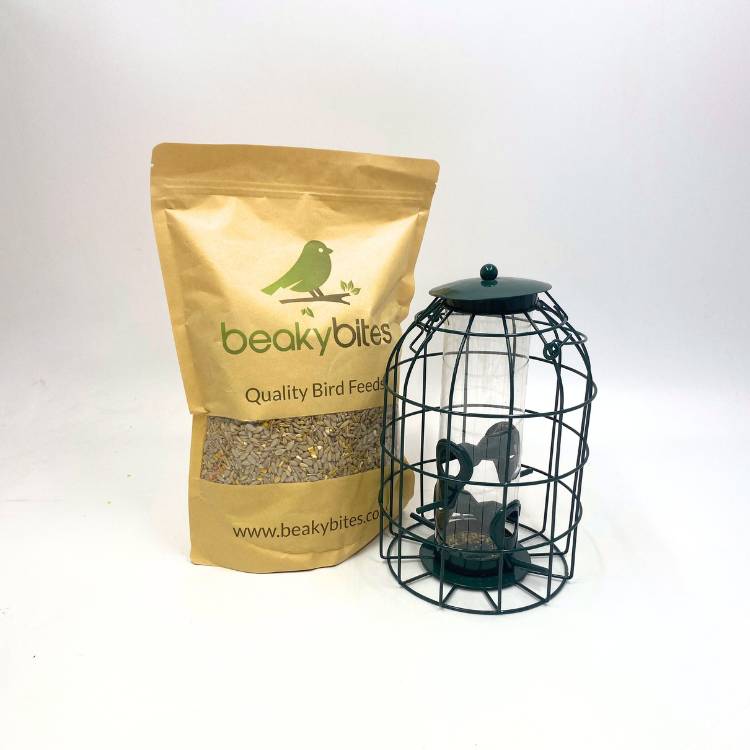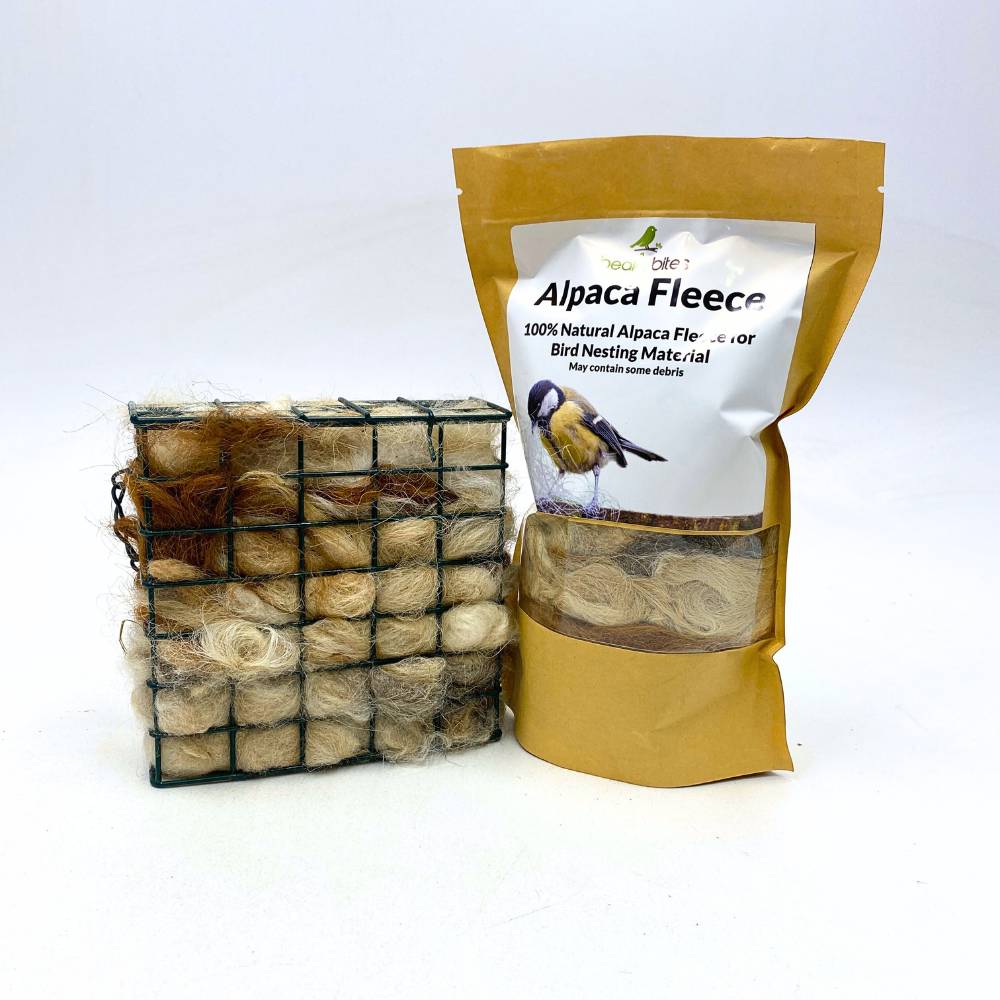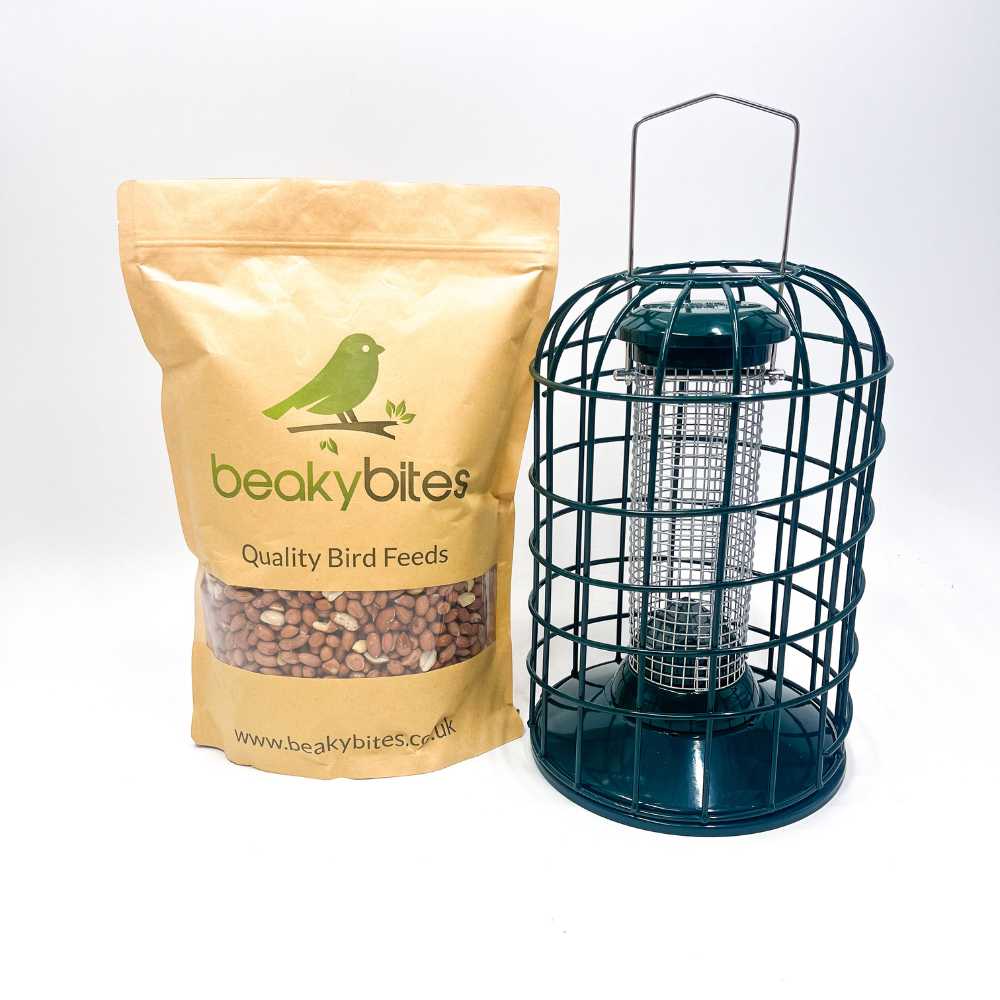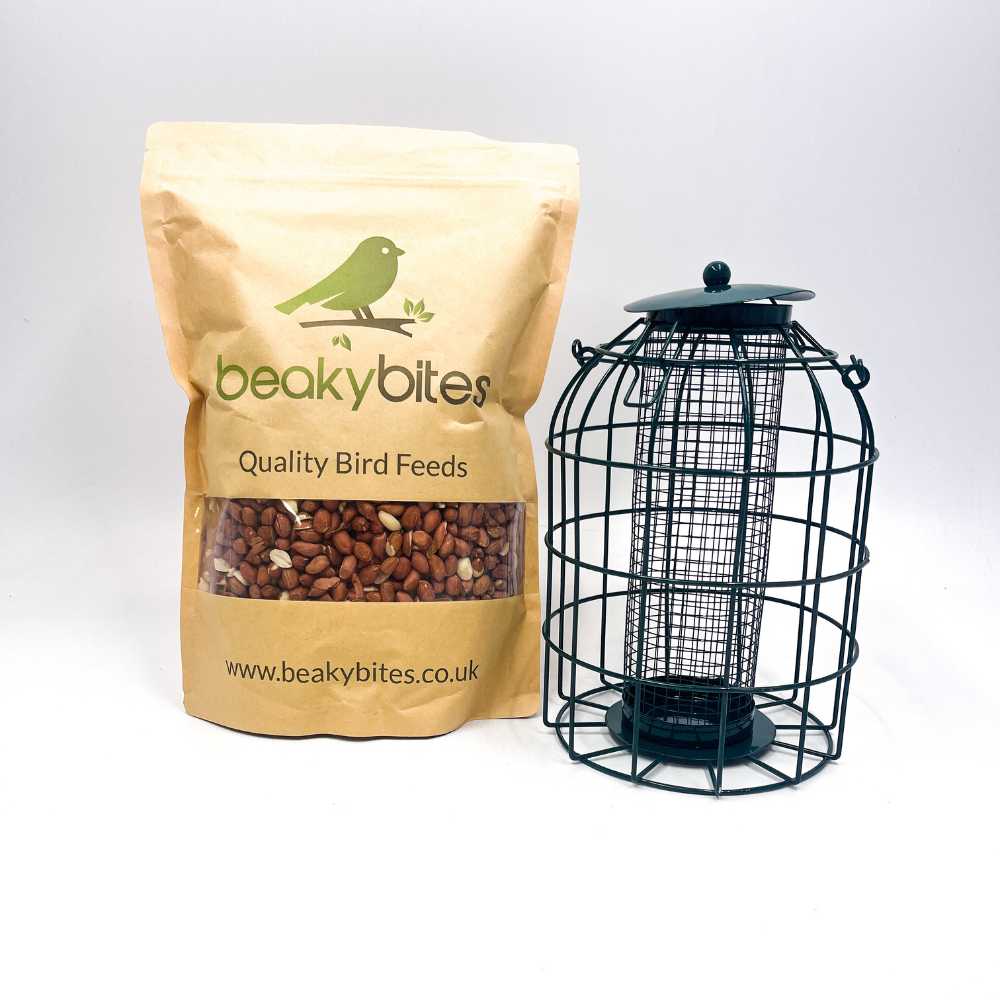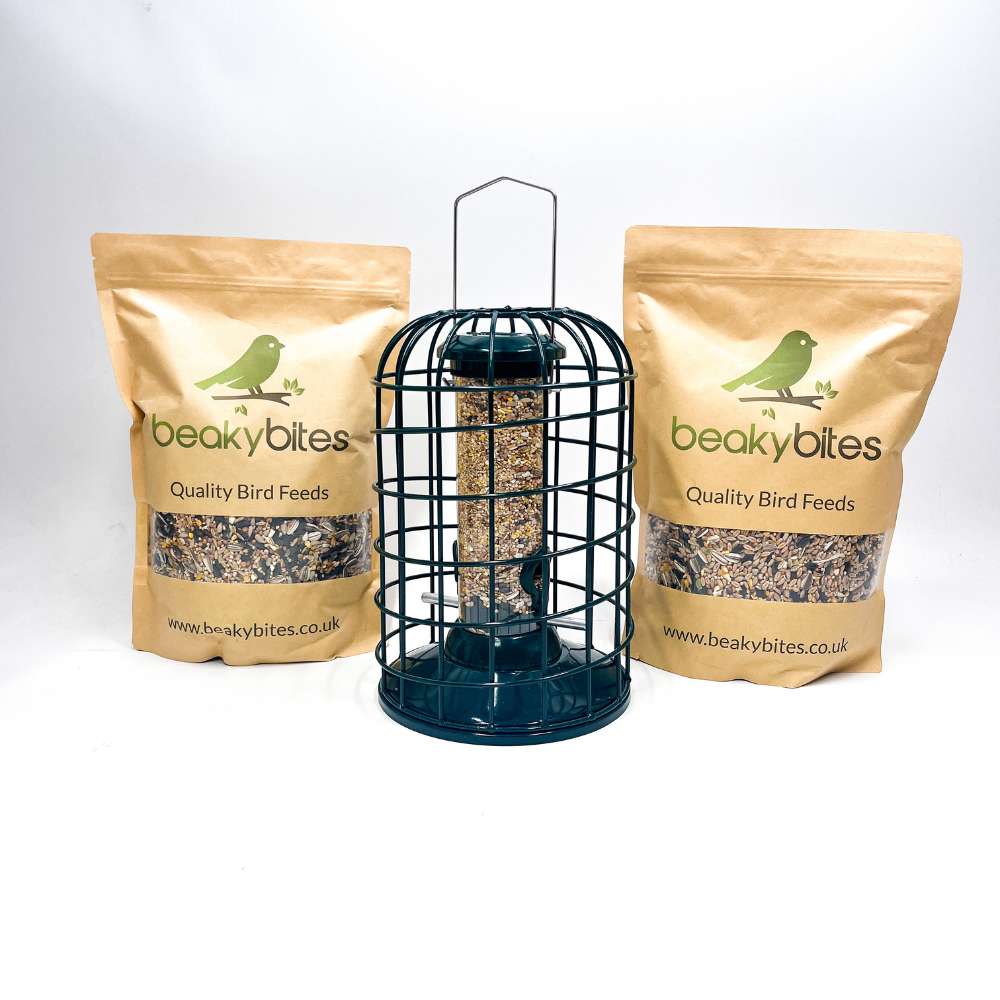The Ultimate Guide to Suet for Birds: Feeding Tips and Benefits
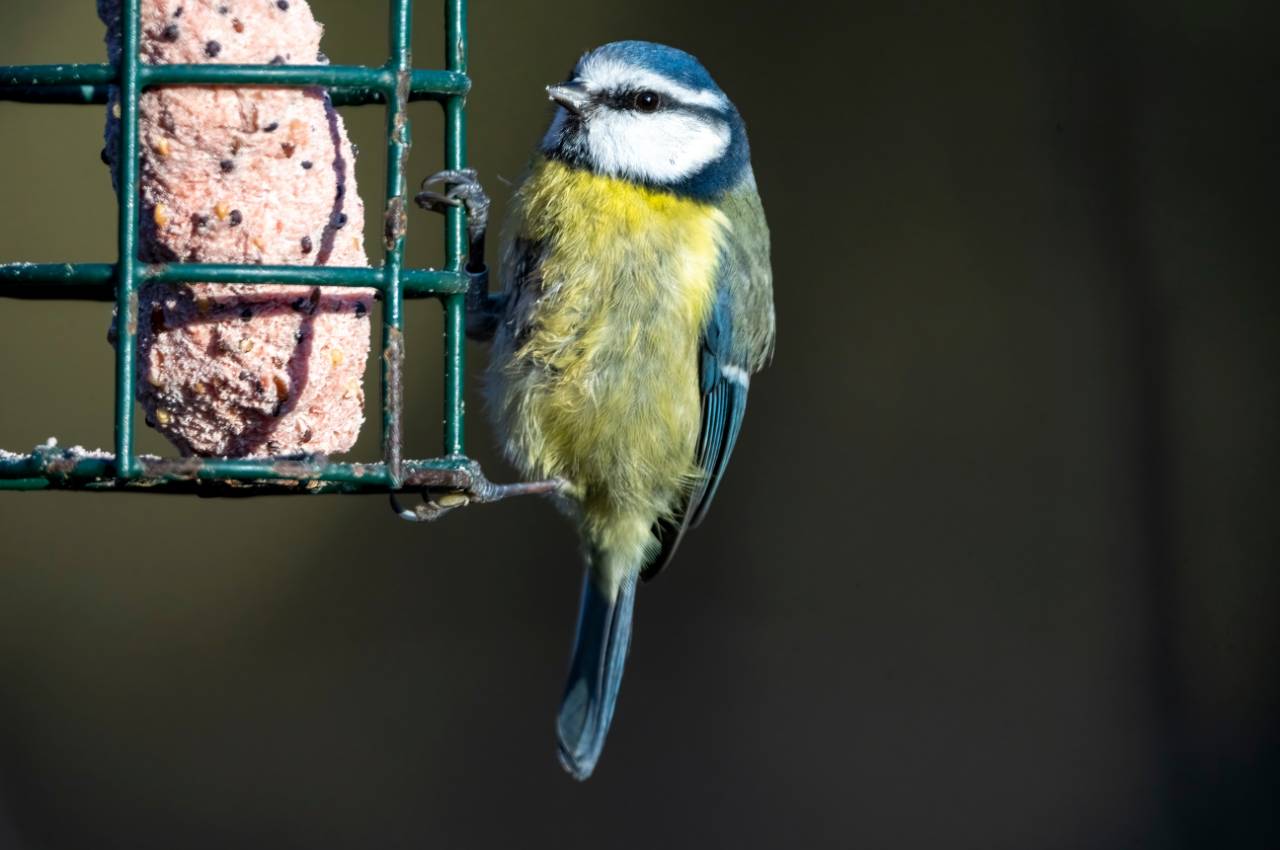
Suet is made from the fat around the kidneys and loins of cattle and sheep. This fat is great in bird feeding for its high energy. In this post we’ll look at what suet is, what suet is made from, its uses in the kitchen, how it benefits wild birds and how to store and handle it.
Quick Facts
Suet is a energy rich food for birds, especially during colder months when food is scarce.
Suet comes in different forms such as cakes, blocks, pellets and balls for different bird species and feeding preferences.
Proper storage and handling of suet is important to keep it fresh and nutritious and safe for birds all year round.
What is Suet?
Suet is a hard fat that is mainly derived from the area around the kidneys and loins of animals like beef fat and beef suet. This rich, dense fat is great in cooking and for its high energy, that’s why it’s a great food for birds. While the most common sources are beef and mutton fat, lamb suet can also be obtained from pork suet and lamb, each one has its own unique qualities.
In the kitchen suet is a versatile ingredient used in many traditional recipes including suet recipes. You may have seen it in classic dishes like suet pudding, kidney pudding and even suet pastry. These dishes use the fat to create a rich, moist texture and add depth to flavours. Suet is also rendered down to make suet cakes and suet blocks which are great for bird feeders for their long lasting energy and ease of use.
For those who prefer a plant based option, vegetarian suet made from vegetable shortening is available. This alternative provides the same benefits without animal products so is great for those who want to reduce their meat intake but still support their local wildlife.
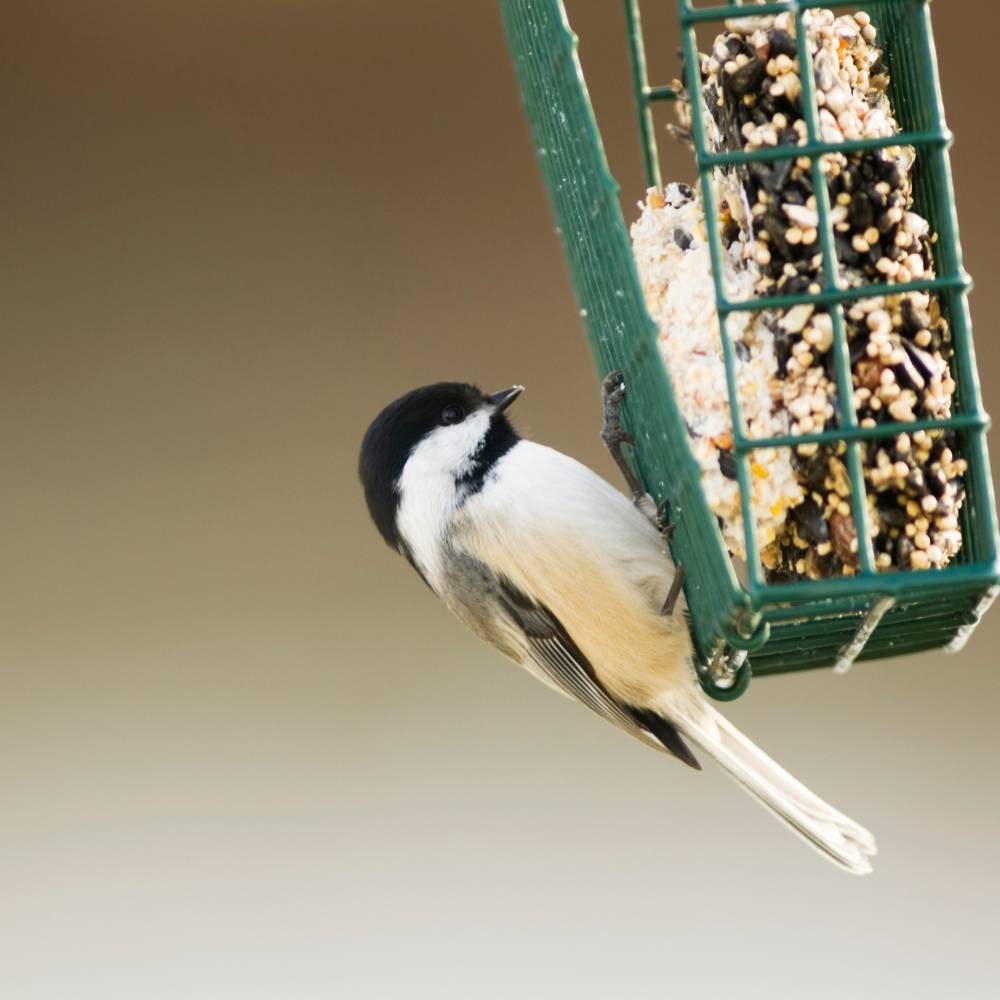
Suet for Wild Birds
Suet is more than just a tasty treat; it’s an essential part of many wild birds’ diet. During the colder months when insects and berries are scarce, suet is a high energy food that helps birds survive the winter. Feeding suet in your garden attracts a wide range of species including woodpeckers, nuthatches and chickadees who need the dense calories to stay active and warm.
Suet cakes are a popular way to feed birds, often made by mixing rendered suet with other ingredients like corn meal and peanuts. These cakes are great for bird feeders and provide a balanced diet by incorporating different seeds, mealworms and dried fruits. Suet blocks and logs are designed to fit into feeders and provide a steady supply of nutrients, perfect for attracting a variety of garden birds.
For those who live plant based, vegan suet cakes made from peanuts, ground oats and rapeseed are a great option. These products mean even households without animal products can still support their local bird population. No-melt suet blends are also available to prevent spoilage and dripping in warmer weather so your bird food stays fresh and safe.
Feeding suet to wild birds is good for their health and will attract a variety of feathered friends to your garden. Providing a steady food source helps maintain the health and diversity of local bird populations even in the toughest of times.
Suet Nutrition
Suet is a nutrient powerhouse for birds, a concentrated energy source that’s especially important in the colder months. The high fat content in suet helps birds keep their fast metabolisms going which is essential for staying warm and active when it’s cold. Suet is a vital food source that can make a big difference to their survival in harsh weather.
A little suet goes a long way to give birds the extra calories they need to fuel their busy days of flying and foraging. The fats in suet are also essential for healthy feathers which provide insulation and waterproofing in rough weather. These fats mean birds can stay warm and dry and conserve their energy for other important activities.
Many suet products have seeds, mealworms or dried fruits added to them which provide extra vitamins, minerals and protein for overall bird health. This customisation means suet can be tailored to the nutritional needs of different bird species, especially during nesting season when adult birds need extra energy to feed their young.
Storing and Handling Suet
Proper storage and handling of suet is important to keep it fresh and safe for your garden birds. To keep suet in top condition store it in a cool, dry place out of direct sunlight. In warmer months store suet in the fridge or freezer to prevent it from melting or spoiling. Always check the packaging for use by dates and don’t use suet that smells rancid or has mould.
Handling suet with care not only keeps it fresh
but also makes it a healthy food source for birds. When preparing suet for bird feeders make sure to wash your hands and utensils thoroughly to prevent contamination. This is especially important if you’re mixing suet with other ingredients to make suet cakes or blocks.
By following these storage and handling tips you’ll keep fresh suet fresh and nutritious and a safe food source for your feathered friends all year round.
Free Delivery Deals
Suet pellets vs suet balls
When it comes to feeding your garden birds both suet pellets and suet balls are great options but each has its own benefits depending on the birds you’re feeding and how you like to feed them. Suet pellets are a versatile and convenient option for smaller bird species like blue tits, robins and finches. They’re bite sized so birds don’t need to peck or break them apart to eat.
Pellets are very versatile – you can put them in feeders, on bird tables or scatter them on the ground to attract a variety of birds. Available in flavours like berry, insect and mealworm suet pellets cater to different tastes while providing the same high energy, fat rich benefits as suet balls. If you like to see a variety of birds in your garden then suet pellets are a great choice.
On the other hand suet balls are a classic for bird feeding especially in feeders designed for them. They’re great for larger birds like starlings and woodpeckers who can cling to the feeder and peck at the balls. Suet balls are often more cost effective for feeding large flocks and work well in colder months when birds are looking for a reliable calorie rich food source.
Choosing between suet pellets and suet balls often depends on your garden birds and setup. For smaller birds or if you like to scatter food pellets are the way to go. If you like to watch larger birds at hanging feeders then suet balls are a great option. Both provide essential fats and energy so your garden birds will be well fed all year round.
When to use suet
Suet is best used during the colder months from autumn to early spring. Birds rely on high energy foods like suet to survive as natural food sources – insects and berries – become scarce. The dense fat in suet provides a quick and reliable source of calories to keep birds energised, warm and weather proof. Using suet during this time will make a big difference to your garden birds.
That said you can use suet all year round especially in pellet form or blends that include seeds, insects or fruits. In spring and summer many birds are nesting or rearing chicks and may benefit from the quick energy boost suet provides.
But don’t use soft or melting suet in hot weather as it can spoil or stick to the birds feathers. If you want to use suet in warmer months go for no-melt suet products and place it in a shaded area to keep it fresh and safe for your feathered friends.
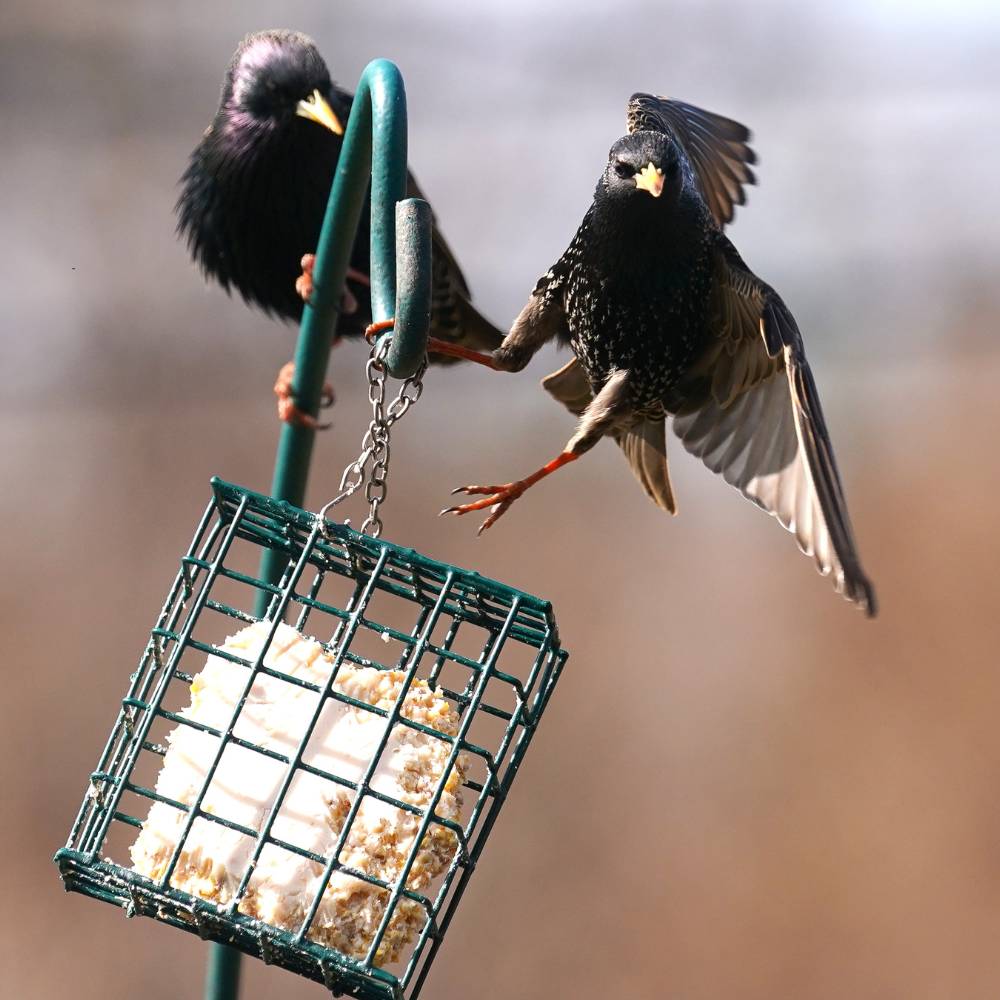
How to feed birds suet
Feeding birds suet is a great way to get a variety of species into your garden. Suet pellets and balls are versatile and easy to use so are a popular choice for feeding garden birds. To offer suet pellets scatter them on a bird table or the ground to attract smaller birds like robins, wrens and blackbirds. Alternatively put the pellets in a mesh or tray feeder to keep them contained and accessible. Pellets can also be mixed with other bird food like seeds or mealworms to create a varied and nutritious feed that will attract a range of species.
Suet balls are best used in suet ball feeders which allow the birds to cling while pecking at the food. These feeders are great for larger birds like starlings and woodpeckers who like hanging feeders. If you don’t have a feeder you can also put suet balls on a bird table or break them into smaller pieces for ground feeding birds.
Whatever the method always position feeders in a safe and sheltered spot and clean them regularly to keep the birds healthy and hygienic.
Conclusion
In short suet is a great food for birds, high energy, fat and additional nutrients to keep them healthy and well. Whether you choose suet pellets, suet balls or no-melt suet blends providing this food source will attract a variety of bird species to your garden and keep them thriving all year round.
Now you know the benefits and how to handle suet make informed decisions to help your bird feeding. So go on buy suet and watch your garden come alive with happy and healthy birds.
Frequently Asked Questions
What is suet made of?
Suet is made from the hard fat around the kidneys and loins of beef and mutton but can also be from pork and lamb.
Why is suet good for birds?
Suet is good for birds as it’s a high energy food source especially in colder months when other food is scarce and helps them keep warm.
Can I feed suet to birds all year round?
You can feed suet all year round but use no-melt suet in warmer months to prevent spoilage and keep the birds safe.
How do I store suet?
Store suet in a cool dry place out of direct sunlight and consider refrigerating or freezing in warmer months to prevent melting or spoilage.
What’s the difference between suet pellets and suet balls?
Suet pellets are for smaller birds as they are bite sized, suet balls are larger for bigger birds who can cling to feeders. Both are high energy and good for bird feeding.


